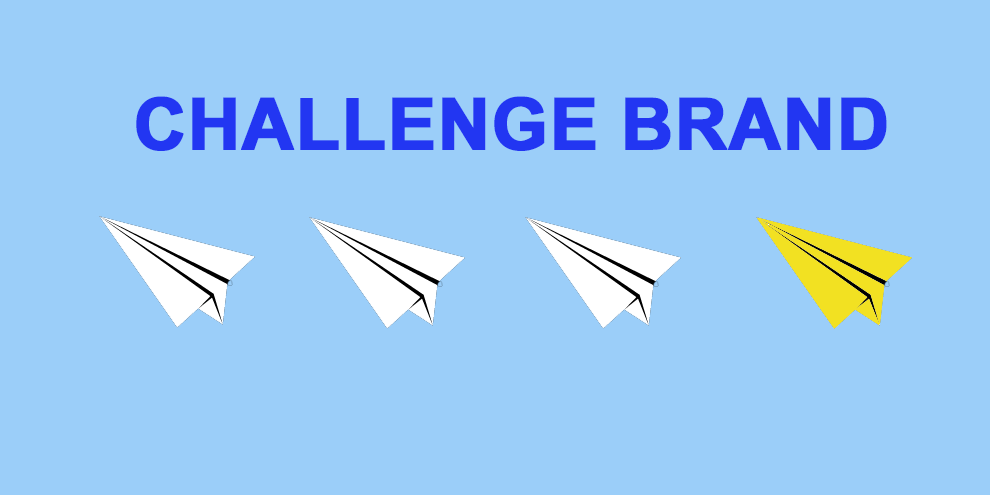Editor's note: Dennis Crowley is president and CEO of Brand Engineers, a Teaneck, N.J., research firm. He can be reached at 201-530-5360. This article appeared in the January 23, 2012, edition of Quirk's e-newsletter.
Currently, one of the most notable trends in marketing is sameness. If you pick a category of product or service, you generally find that most brands feel and act the same. There are notable exceptions of course (Apple) but for the most part, competing products lack clear differentiation. Whether you are evaluating snack foods, airlines or pharmaceuticals, chances are you struggle to find any meaningful differences in how the brands have established themselves.
Let's look at the legacy airlines: Delta, American Airlines, United-Continental and US Airways. Can anyone really point to differences between these brands that would encourage you to fly one over the other? Their prices are virtually the same; most have removed any semblance of creature comforts; you now pay for pillows, snacks, drinks or the wonderful upgrades known as economy-plus, economy-extra or economy-supremo. They have all tried to differentiate themselves, but only within a very safe box of what they think you expect an airline to be.
However, it would be difficult to argue with the success of Southwest Airlines. When you first look at this brand it is easy to tag it with the label of discount carrier but upon closer inspection, Southwest is so much more than that. Southwest is a true "challenge brand." They have chosen a positioning and an image that is the opposite of the legacy airlines. In fact, their promotions directly highlight how opposite they are: no baggage fees, no fees to change flights, no first-class and no seat assignments.
Southwest has become a rebellious brand, not just a cheaper alternative to the legacy airlines. Many people, including business travelers who regularly choose Southwest do so because they know what they are going to get. No bait-and-switch, no empty promises of great service or extra comfort. One key to Southwest's success is that they deliver on what they promise and they will get you where you need to go without the nonsense many have come to expect from its larger counterparts. In return they have developed a loyal and growing customer base, an expanding service area and increasing profits.
If you look at your own brand, is there room to become the next challenge brand? Research could help you seek out ways to tell your customers about the differences between your brand and your peers. What is expected in your market? What additions to or adaptations of your offerings could set you apart from the competition? Consider brainstorming sessions with employees or customers (or both!) to imagine an ideal product for the market and pinpoint neglected or unsuccessful areas. Also consider speaking with your own brand loyalists and those of your competitors to better understand what consumers see as the differences between your brand and all the rest. You just might find a way to break the mold and meet an unmet need that could propel you to the top of your category.
